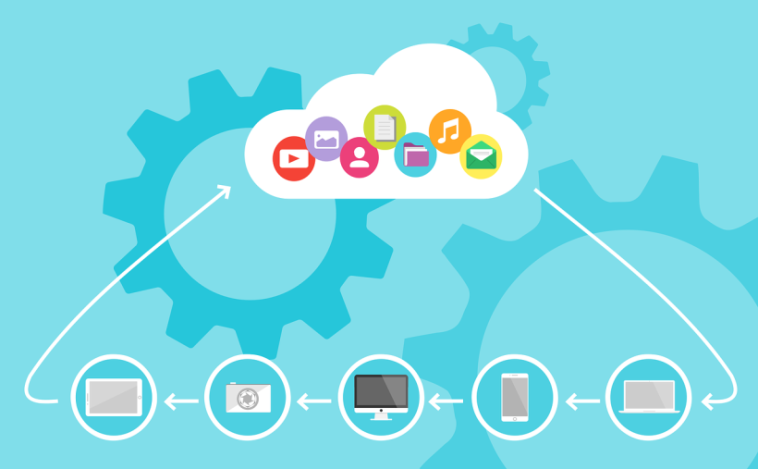- Like
- SHARE
- Digg
- Del
- Tumblr
- VKontakte
- Flattr
- Buffer
- Love This
- Save
- Odnoklassniki
- Meneame
- Blogger
- Amazon
- Yahoo Mail
- Gmail
- AOL
- Newsvine
- HackerNews
- Evernote
- MySpace
- Mail.ru
- Viadeo
- Line
- Comments
- Yummly
- SMS
- Viber
- Telegram
- JOIN
- Skype
- Facebook Messenger
- Kakao
- LiveJournal
- Yammer
- Edgar
- Fintel
- Mix
- Instapaper
- Copy Link
Introduction
As security moves to the cloud, the old fence must evolve. With growing branch offices, remote offices, and a slew of apps and devices, security and risk management directors must start preparing the ground for a shift from the perimeter to the SASE model.
With so many SASE models available it is tough to pick the best security network for your organization. Fortunately, with the Gartner ipam magic quadrant, you can do an extensive study of main competitors in the market. A Magic Quadrant lets you rapidly determine how well technology suppliers are implementing their stated ambitions and how well they are performing.
What is the Gartner Magic Quadrant?
The Magic Quadrant is an evaluation graph that helps buyers identify where particular organizations stand by categorizing them as challengers, leaders, niches, and visionary solution providers. Each part has its own set of advantages and disadvantages, so choosing the leader may not fit into your specific buying needs but a different company on the graphic may.
Gartner Magic Quadrants provides visual insights, in-depth analysis, and general help on the direction, maturity, and participants of a market. Gartner’s standard criteria and methodology are used to compare vendors in Magic Quadrants. Each study includes a Magic Quadrant chart, which depicts a market using a two-dimensional matrix that ranks products and services based on their Clarity of Vision and Execution Ability.
Understanding what the providers and their technology do starts with the Magic Quadrant. This tool helps you to understand visions, strategic roadmaps, and their ability to work under your specific requirements.
Furthermore, the report is a tremendous tool for:
- Determining the relative competitive situations of global digital services and technology companies.
- Evaluating individual business objectives, requirements, and priorities.
To completely comprehend the Magic Quadrant’s results, one must first look at the importance of each category or quadrant of the graph:
- Challengers: These are businesses that excel at executing plans. They haven’t yet been able to steer the market in one direction.
- Leaders: These are businesses that, in addition to providing a full set of tools, have a vision for the future and help to drive the market with new services and features.
- Visionaries: These are innovators who have a solid grasp of the present and future market trends but lack the execution skills of leaders.
- Niche Players: These are suppliers who excel in a specific activity, but whose solutions are limited in other aspects and features.
What else can you get out of the Gartner Magic Quadrant?
Gartner also gives useful information, such as business history and background, to assist you to decide which company is ideal for you. It also underlines the positive while pointing out any areas where the solution could be improved.


